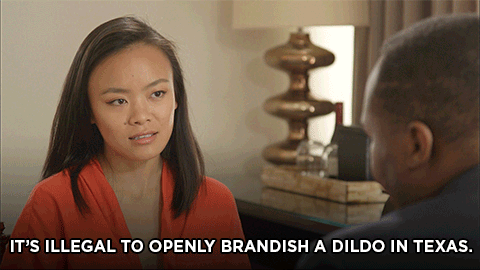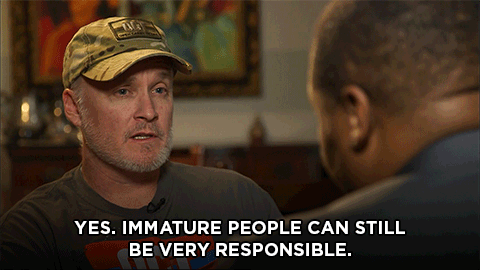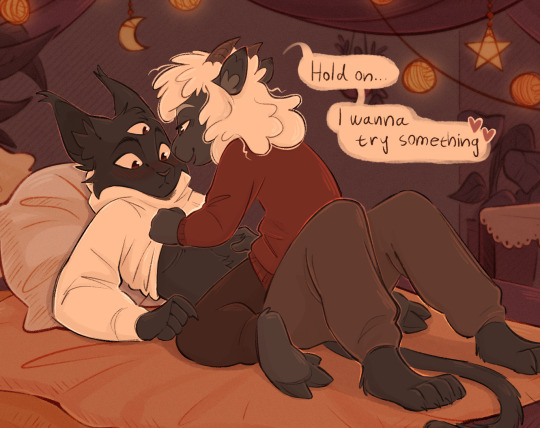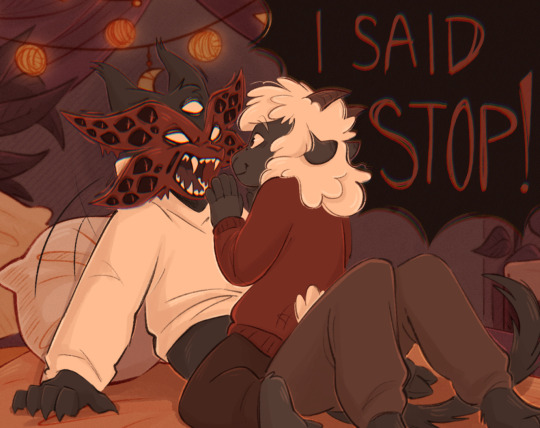Anthropomorphic animal enthusiast Gay Punk possum writer (radon404 on ao3) Podcaster (at the park (podcast). 20 years old. Also known to some as Gray. proud degenerat, he/they or anything else really.
Last active 60 minutes ago
Don't wanna be here? Send us removal request.
Text



See?? I Don't draw JUST nakie Nari... sometimes I draw nakie Lamb too.
I've been in a Narilamb mood, might write a fanfic idea I have, who knows with me
But for now I just wanted to practice drawing them cause I'm rusty, it was very fun
382 notes
·
View notes
Text

Not what I meant when I said there would be more Necron stuff in the future but i liked this wip and thought the other 3 Orikan stans on here might also like to look at it :3
452 notes
·
View notes
Text

a sketchy comic with my goofy handwriting- paraphrased from a conversation overheard in space marine 2. i love my little guardsmen... its cute how hype they get when you show up T0T
3K notes
·
View notes
Text
'Irredeemable media' is such a funny concept to me because it's never used for stuff like Birth of a Nation or A Serbian Film. It's always The Owl House or My Hero Academia because these people only watch things for children and can't stand any conflict more complex than Super Mario Brothers.
55K notes
·
View notes
Text

family trip (with two annoying young siblings)



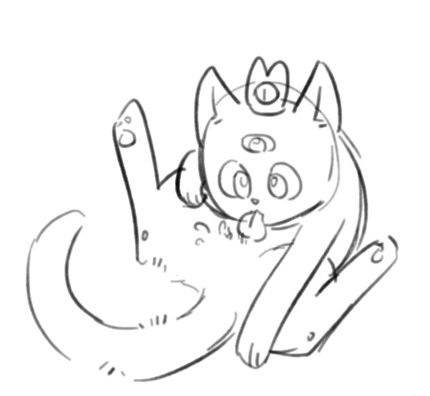

139 notes
·
View notes
Text

FLEECE OF FATES COMPLETED
Two down, more to come!
119 notes
·
View notes
Text

Chaos Lords playing with us by Damir Šnajder
377 notes
·
View notes




